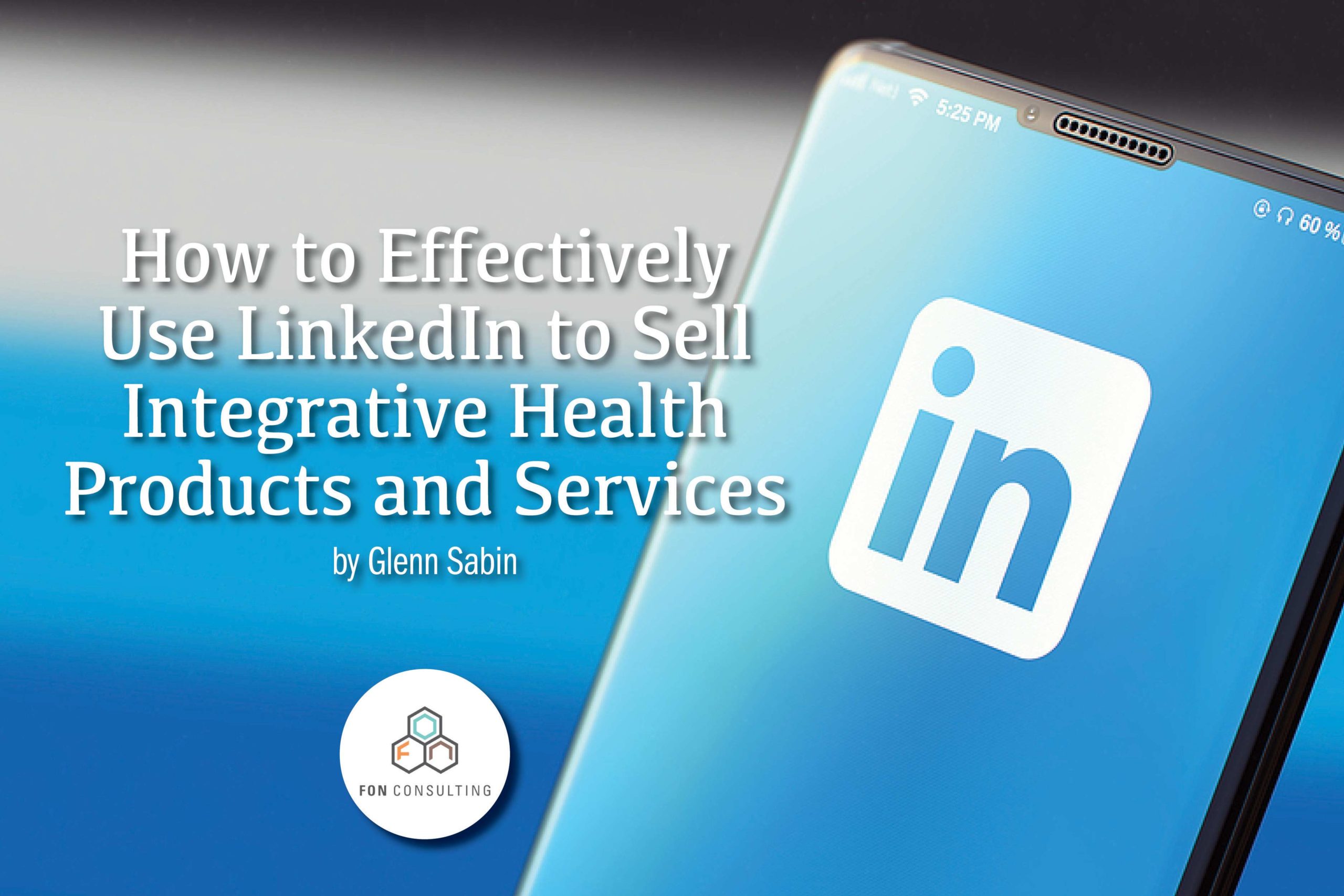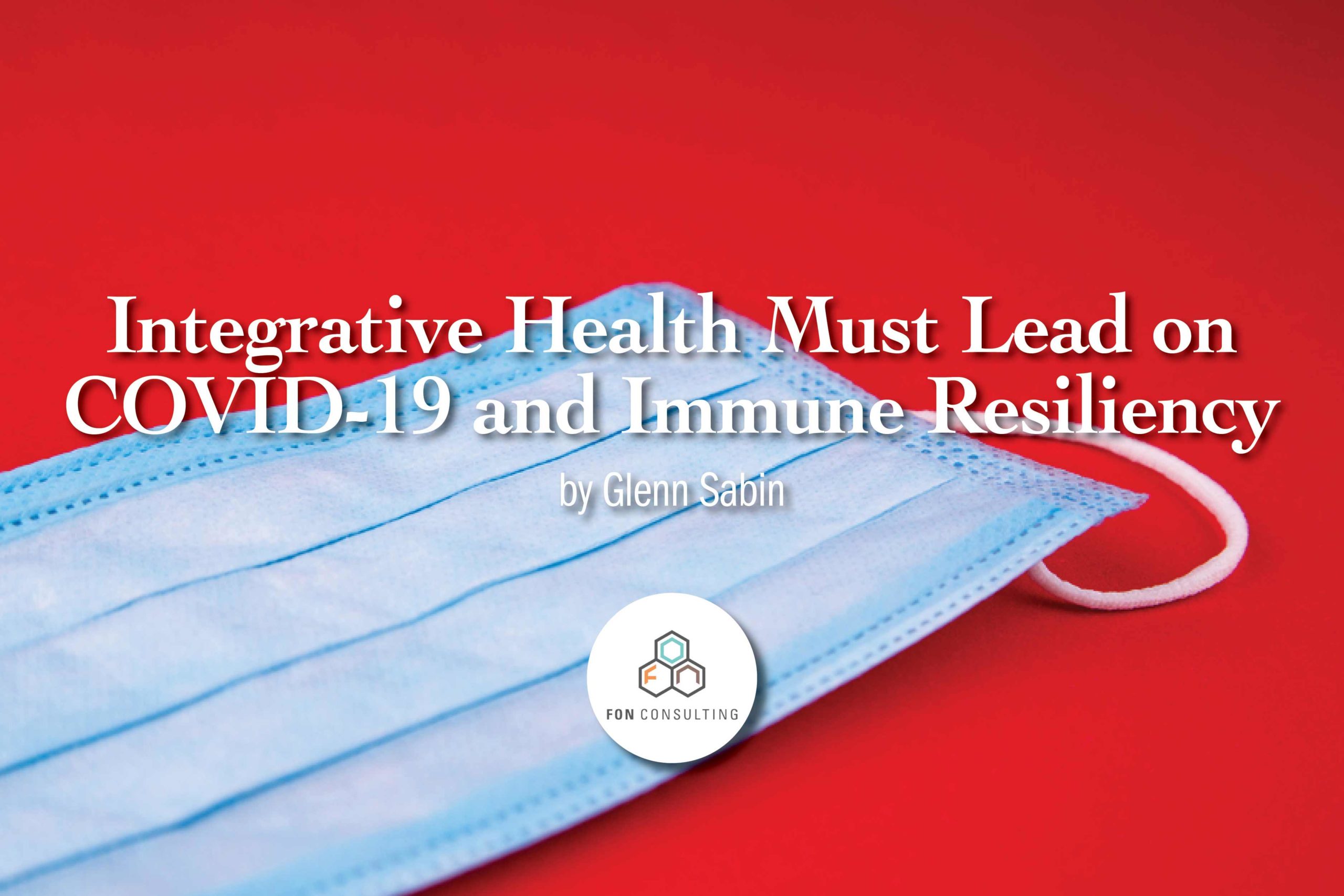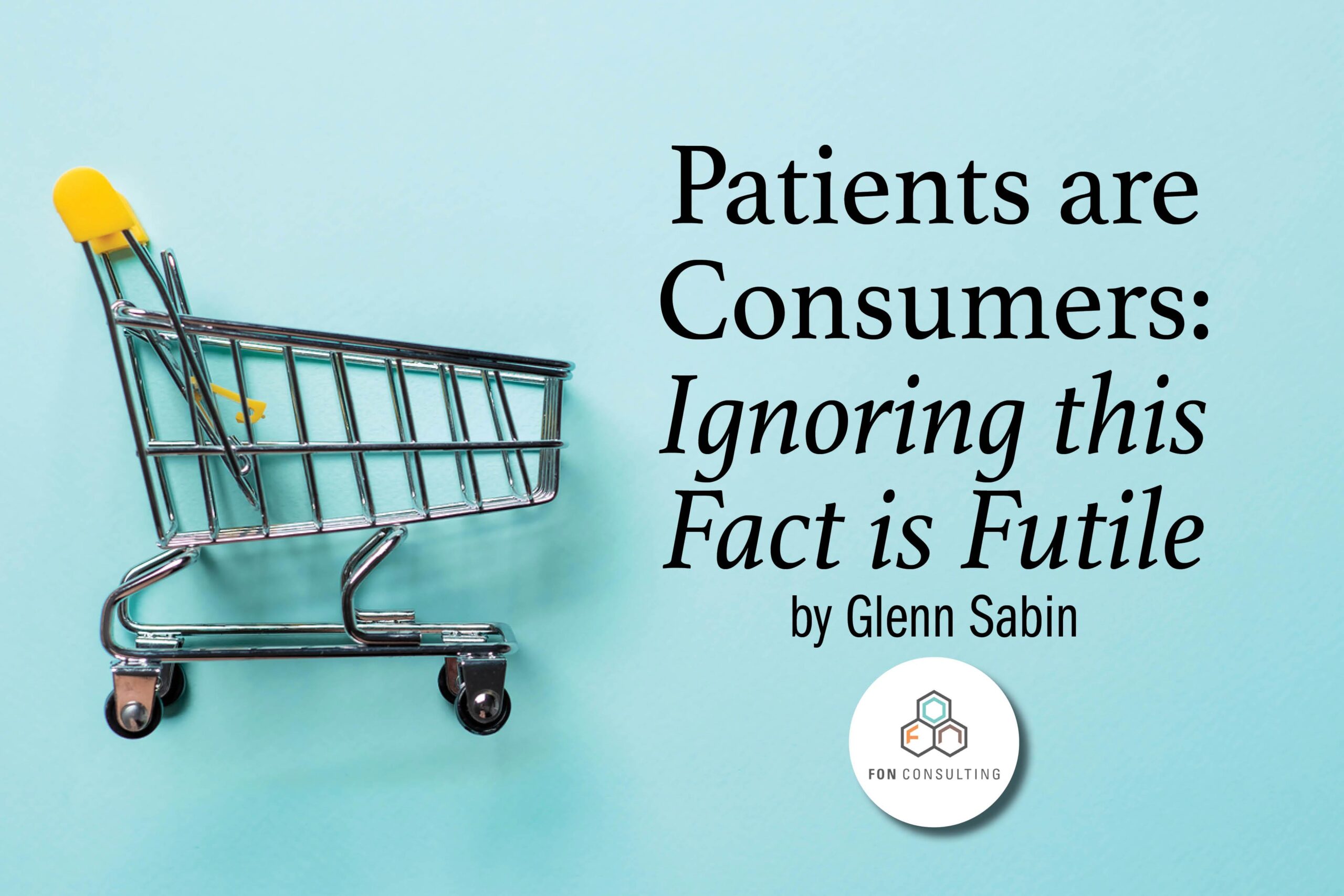Hospital Systems Ignore Integrative Medicine at their Peril
By Glenn Sabin

The majority of hospital systems and cancer centers in major U.S. markets now offer an integrative medicine program of some shape or form. Many regional medical centers and hospital systems also feature such programs, while others are in the research and development stage.
Organizations that ignore the growing consumer demand for integrative healthcare—and those shuttering existing programs as an austerity measure—do so at their long-term economic peril.
About 38% of the Population Currently Use Some Form of Integrative Medicine
That often cited conservative number is now outdated. It comes from an NCCAM survey now five years old. The Nutrition Business Journal reported last year that CAM (complementary and alternative medicine) products and integrative healthcare services in 2011 represented a $50 billion industry—roughly 2 percent of every dollar spent on healthcare—and mostly purchased out-of-pocket or through medical flex accounts. Even during recessionary times, the use of integrative medicine continues its ascent—a sizeable and growing market that cannot easily be ignored.
Enjoying this article? Subscribe and get our latest, delivered straight to your inbox.
Mounting Evidence and Consumers Taking Charge
Proper nutrition, exercise and stress reduction comprise the three-legged stool or core pillars of an integrative approach to care. There is plenty of literature to support the probability that this three-legged approach could well prevent more than 80 percent of chronic disease, and help return health to those suffering from numerous conditions. But the three-legged stool has yet to be fully realized as the standard of care, as over the last several decades the food chain has been degraded by the subsidization of soy and corn products making for lots of processed, sugar-laden, empty calorie foods that promote disease. And phys ed has all but disappeared from the school day. Health consumers are “getting it”.
Provide Integrative Healthcare or Risk Becoming Marginalized
Integrative medicine services tend to be high touch, low tech and low margin, and as such do not contribute heavily to the bottom line. Most organizations struggle to employ clinical and business models that are self-sustainable. How to get paid delivering integrative healthcare remains a quagmire for many hospitals, but there are sensible ways to build programs for the long haul. And the cost of entry is not typically high. These are not large capital investments such as a typical new technology-based service line may require. Moving into the future, I posit that your organization will lose market share incrementally to other medical centers and health systems in your serving areas that provide integrative programs. Although you may not be concerned about losing low margin service offerings, that’s not the point. Your high margin services are at risk. Simply put, if your organization does not provide integrative medicine services, your competitors will and are!
Health Consumers are Getting Smarter
No doubt, health consumers have become savvier. The Internet has accelerated this pace. The educated and affluent, and especially Boomers and Gen Xers, will demand the whole person care that is the animating idea for evidence-based integrative medicine. A growing army of consumers already understand their choices. They are voting with their choice of medical practitioners and the hospitals and centers where they have privileges.
These areas of intervention and education should now be a core emphasis for any clinical setting—large or small, public or private—focused on chronic disease and conditions. In this day and age, an organization not providing a full measure of services built on these tenets of good medicine for ALL patients with, say, heart disease, diabetes and cancer, is simply doing a disservice to the community it serves.
ACA Just the Beginning of Coming Sea Change in Reimbursements and Incentives
The Affordable Care Act’s adoption of Accountable Care Organizations (ACO) and Patient Centered Medical Homes (PCMH) is just the very beginning of a changed incentive structure that will replace the current perverse and longstanding economic incentive model that rewards quantity of services and products over prevention and wellness. The ACA did not go far enough, but be sure that this is just the beginning. The math is simple: the ACA as enacted will not turn the tide on an unsustainable combo public health and economic insolvency disaster. Look for further change around the bend. This means that prevention, wellness and education measures—focused on that 80% of chronic disease that is considered preventable or treatable with lifestyle medicine—will be even better recognized, valued and reimbursed than they are today. All roads lead to prevention and wellness. Is there another choice?
Integrative Medicine is Easy to Message and Creates Goodwill
Unlike the institutional ads and primarily traditional marketing your institution still heavily depends on to communicate your latest programs, technology, docs and competencies, your messaging around integrative medicine will allow you to engage current and prospective clients with storytelling about patient experiences (testimonials) accompanied by useful, relevant information about all aspects of wellness and prevention.
Patients are hungry for this kind of approach to care-plus-education that will arm them for successful management of their own health status: in dealing with a specific condition and regimen of care, but also in reinforcing their own lifelong habits. Along this path, your institution will attain increasing customer satisfaction and brand loyalty.
The Time to Act is Now
Interested in exploring a sensible, sustainable integrative medicine program but don’t know where to begin? Have an existing program that is not running sustainably? Contact FON today to schedule a 30-minute complimentary consultation to discuss your center’s unique goals, needs and demographics.

Glenn Sabin, founder of FON and author of n of 1, is a nationally recognized thought leader who positions health innovators, enterprises, and organizations for sustainable growth. Leveraging deep experience in media, strategy, marketing, and business development—and his own compelling cancer journey—he champions personalized medicine and the generation of real-world data and evidence to help define a new, accessible standard of care.
Read Glenn’s story.




















